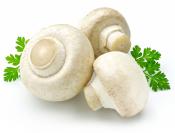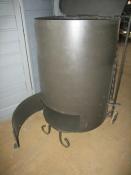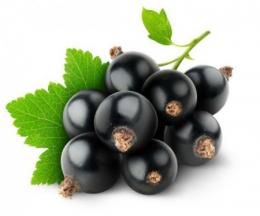Search
Login
Currants: planting, growing, feeding and care
The right choice of place for planting currants is the key to its fruiting and long years of existence. The most suitable place for the growth of this crop would be the middle strip, with moderately cool summers, relatively cold winters and the required amount of moisture.
Content:
- Landing video
- How to prepare the soil for planting
- How to choose planting material video
- Landing pruning
- After landing care
- Currants - spring care
- How to protect currants from spring frosts
- Irrigation
- Top dressing
- Bushes processing video
- Harvest
Currant planting
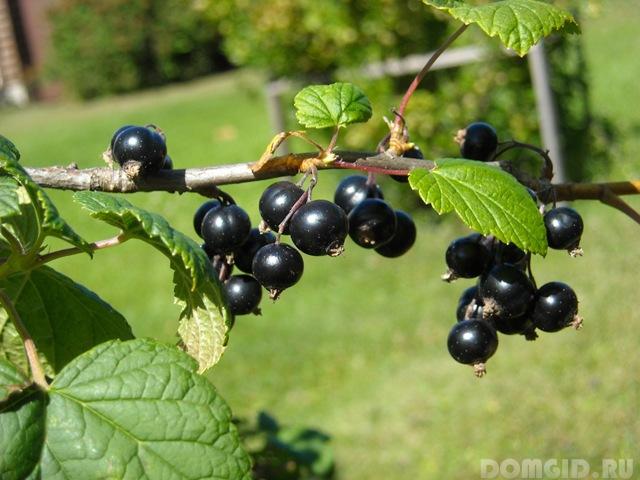
The best place to plant black currant is either a flat area or a small hillock, preferably the middle or lower part. The farther south the cultivation zone is, the lower in relief the cultivation of the plot for planting currants is necessary.
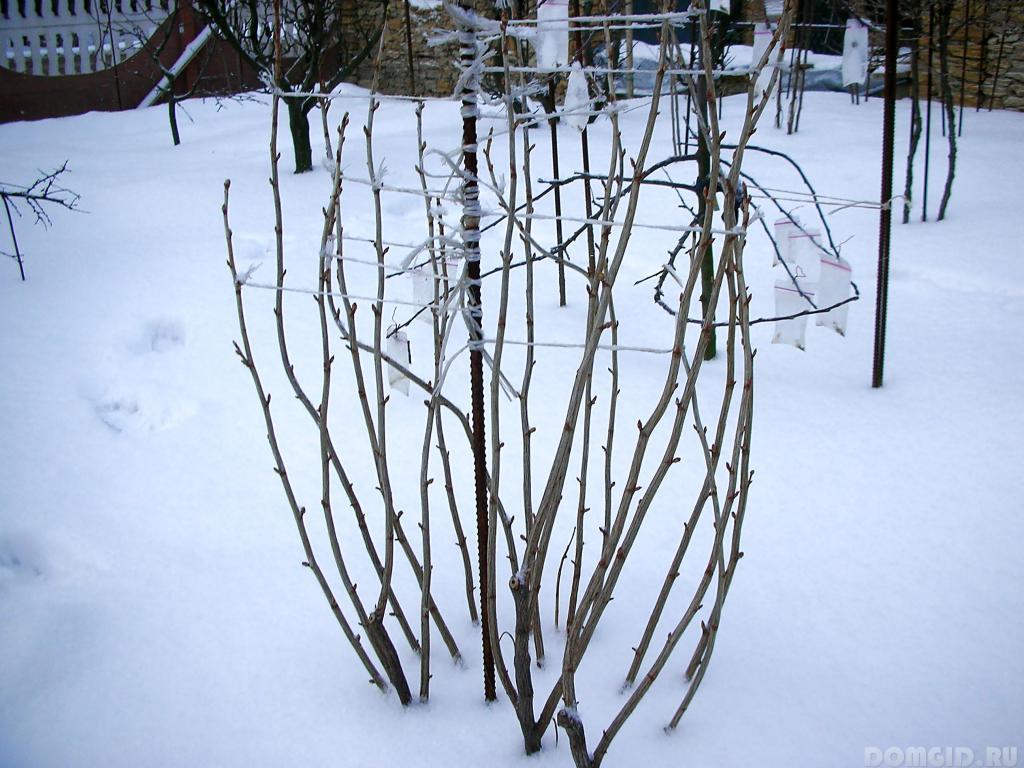
Despite the presence of frost-resistant qualities, this culture must be protected from cold winds. Growing in the steppe, currants are very affected by dry wind.
The best soil for planting currants is the soil is quite moist and has a subsoil layer that passes water well. But a site with a high groundwater table (higher than 1.5 m) is not suitable for her at all. Also, it will not grow in swampy areas.
For the cultivation of black currants, you need to select a site with fertile soil, that is, the soil is structural, cultivated and with a medium-mechanical composition. It is desirable that this is land on which perennial weeds have already been bred. It will be very good if, before planting currants, legumes or clover, vegetables or row crops grow on this site.
Considering all berry crops, it is worth noting that currants are considered the most sensitive to soil acidity. At low PH, this crop will look unsightly, will be more likely to be susceptible to various diseases, and will produce a small amount of crumbling berries.
Currants are indifferent to the shade, but not considered a shade-loving plant. She will be most comfortable with the usual amount of sunlight or with a small shadow, for example, between rows of young seedlings in the garden.
Soil preparation just before planting
This plant is very susceptible to improving growth conditions. Before you start landing, the designated area must be prepared. The preparation takes place as follows: first of all, the arable horizon is deepened, then the soil is enriched with mineral and organic fertilizers, and finally, lime is applied to the soil in a strictly defined amount.
The most suitable month for planting currants is April, the time when the buds have not yet blossomed. Landing is still starting in the soil a lot of moisture. This factor contributes to a faster and better plant survival. It must be remembered that the bushes planted in the spring will begin to develop early, but still they will lag behind the bushes planted in the autumn season. And planting this crop in a later period, when the foliage is already dissolved, leads to the risk of complete loss of the plant, especially if the weather is warm and not rainy.
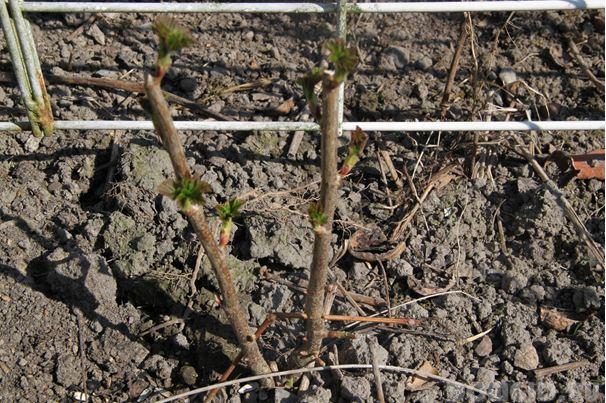
By planting bushes in the fall, in September and October, you can gain time: the weather will still be warm, but autumn rains will already come - the soil will be with enough moisture for planting and with a suitable temperature for good survival. During the rest of autumn and winter, the earth around the bushes will settle and condense - this will contribute to the development of additional roots, and in the spring, a calm, early start to growth.
About a month before the planting of currant bushes, a continuous cultivation of the soil should be done. This procedure is as follows:
- land for planting level;
- add manure or compost (the amount depends on the level of fertility);
- make superphosphate, potassium sulfate or potassium chloride.
If possible, it will be better to replace potassium chloride with ash. If there is a need, you need to add lime, and lime will be better to make in advance. This will help the plant absorb nutrients better. Fertilizers must be distributed equally over the entire area of \u200b\u200bthe site allocated for planting currant bushes. Then you need to dig a plot on the bayonet of a shovel with a flip of the reservoir.
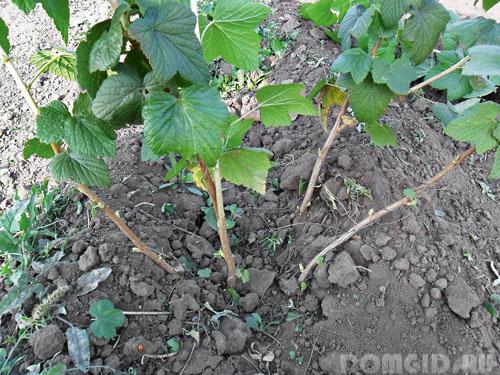
Despite the planting dates, pits for seedlings are prepared in the fall. Within three weeks, the earth will settle in them, chlorine and other harmful substances that fall into the ground when manure enters it will evaporate. The depth of the pit for planting a seedling directly depends on the characteristics of the soil - the narrower the characteristic, the deeper the pit. Recommended sizes: pits should be at least 60 cm wide and 50 cm deep. Visually, the size of this pit should be approximately two times the size of the seedling rhizome.
If the acidity of the soil is reduced, then up to two hundred grams of ground limestone should be added to the planting pit.
Directly into the pit itself does not need to put nitrogen fertilizer. It will be much better if the plant receives it as a top dressing in the spring, when rapid growth begins.
How to choose material for planting
Far from the last value when planting currants is the state of the material for planting. In plants that have grown from good material, already in the second year, fruits begin to appear. Material for planting is better to buy at nurseries or farms that have all the necessary certificates confirming the quality of the goods. The presented certificates will confirm the quality and cleanliness of the goods, give confidence that the seedlings are not infected with diseases and pests. If there is a desire and opportunity, you can buy seedlings from healthy elite queen cells. They cost more, but the costs will be justified.
When buying seedlings, the presence of the following infections on the product is considered an unacceptable phenomenon:
- parasitic nematodes
- aphids
- kidney tick
- shoot gall midges
- glassware
- shields
- quarantine objects
- currant goldfish.
When buying plants for planting, give preference to two-year-old seedlings or, in extreme cases, annual seedlings, but with a well-developed root system.
Black currant pruning
There are rules for planting crops. A wide-row compaction scheme is used, in other words, a distance of two meters is left between the rows. The distance in the row is about one meter. When planting high cultivars or from varieties with a spreading bush form, the distance in the row between the seedlings should be brought up to one and a half meters. Views with a small crown shape, it is permissible to sit closer to each other.
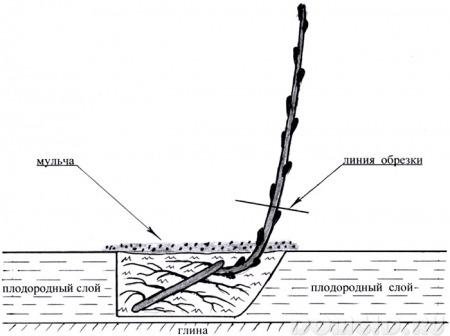
Even seedlings can be planted with ribbons. In this case, the distance between decreases to 0.8 m. Developing, the bushes are combined into a continuous tape. Close planting makes it possible to get a good harvest in the first year.
It is advised to plant up to four varieties of currants of different ripening times in one plot.
During planting, when the roots are almost covered with soil, the plant needs to be watered - half a bucket in the hole. The next step is to fill the hole to the top with the addition of fertilizers. Then the earth near the plant is compacted, forming a hole. The resulting hole needs to be poured again, about one bucket of water per hole. Then the soil under the plant is mulched with peat or humus.
When landing, the ground between the rows is usually compacted - it must be loosened. Planting must be arranged so that the root system of seedlings is almost not in the air.
After landing care
For blackcurrant, like any other plant, you need the right care - in order to get a good harvest. All efforts should be focused on the powerful development of annual growth, because the more powerful the growth, the better the berries will be next year.
It should be remembered that without high-quality and constant soil cultivation, fertilizer, the fight against diseases and pests, pruning will not be effective. Young seedlings require special attention to themselves.
Currants - spring care
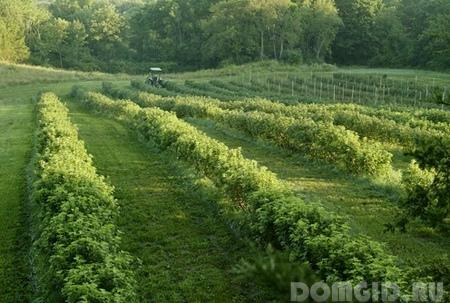
From mid-April to early May, soil cultivation begins around shrubs. It is better not to dig the soil, but to loosen it, 6-8 cm deep. This is done immediately after the top layer of the earth dries. It is not necessary to do cultivation until the moment when the earth has warmed up. To get the perfect soil without weeds and with a certain amount of moisture around the bushes you need:
-
to loosen, at least once every two weeks, to a depth of 8 cm between the bushes;
-
to loosen, at least once every two weeks, to a depth of 12 cm between rows;
-
level the raked earth with a rake and thus prevent moisture from evaporating.
Since the roots of this culture are almost on the surface, weeding must be of high quality and regular in order to avoid the germination of weeds, which will take away moisture and nutrients from young seedlings.
How to protect currants from spring frosts
In central Russia, plant spoilage sometimes occurs with spring frosts. Signs of upcoming frost are considered a sharp drop in temperature, bright stars and a cloudless sky in the evening. In order to protect the bushes arrange for them to smoke or spray with water.
When spraying the area, the humidity rises. When freezing occurs, the temperature drops. Consequently, frost is formed and heat is released at the same time. The temperature around flowering bushes rises by 1-2 degrees. Wet ground perfectly passes heat from the lower layers, so that it cools more slowly.
Irrigation
Blackcurrant is a culture that loves moisture. The main reason is the location of the root system very close to the soil surface. With the onset of spring, the currant root system begins to actively grow. During this period, natural moisture is enough, but in the summer and autumn, and especially during the drought - watering is very necessary and important.
Top dressing
To increase the yield of currants, feeding will be required. In the spring, during the formation of shoots, nitrogen fertilizer will be required in the amount of 2/3 of the recommended volume, this can be up to 20 g of ammonium nitrate, up to 40 g of calcium nitrate, and up to 15 g of urea.
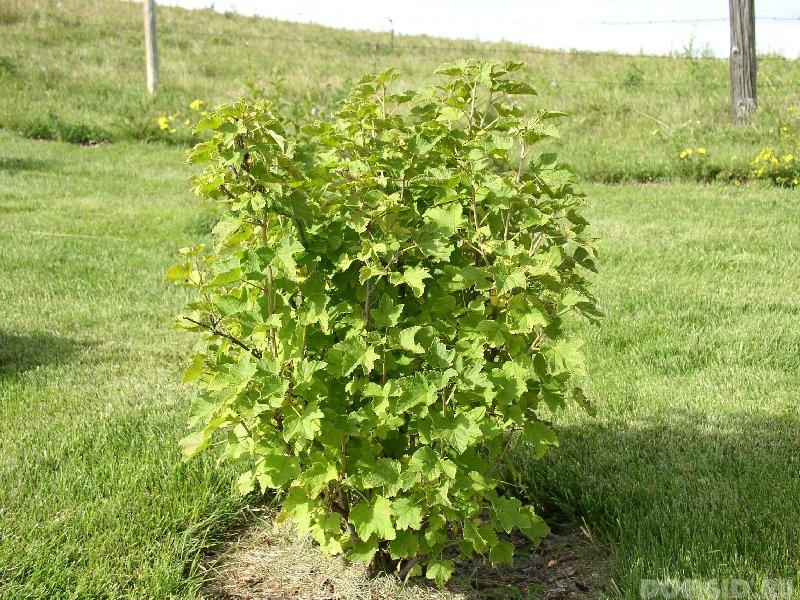
With the autumn introduction of minerals, the first spring top dressing is done with organic fertilizers. For one dressing, you can add 3 liters of manure diluted in water with the addition of 1 tablespoon of urea. We re-produce two more top dressings, every two weeks with the same solution. After feeding, the plant is watered with plenty of water.
If it is not possible to introduce organic fertilizers, they are replaced by mineral fertilizers: 20 g of ammonium nitrate, 25 g of superphosphate, 15 g of potassium sulfate per 10 l of water. Watering plants with plenty of water after making mineral fertilizing is required. Wells after watering are covered with soil or peat. Chlorine-containing potash fertilizers should not be abused.
Phases when watering is required:
- early June - shoot growth is activated and the ovary begins to form
- end of June-beginning of July - the time when the berries begin to pour
- the second half of August - after the end of the harvest.
Of course, the exact time for irrigation directly depends on the soil and climatic conditions and on the presence of moisture in the soil. It is advised to water the currants not often, but with a sufficiently large amount of water, pouring up to fifty liters per square meter. With any type of irrigation, after the end, it is necessary to loosen the soil, so that a crust does not form on the surface. The watering process can be combined with the feeding process.
Currant Processing

Varieties of black currant perceive the correct pruning well, giving a greater amount of yield. This effect is directly related to the early maturation of the buds, the active growth of basal branches and a reaction to a change in the aerial part of the seedling.
Circumcision is performed for:
-
formation of a strong bush,
-
good growth
-
enhancement of growth and fruit buds
- fruit bearing adjustments
- amendments to lighting conditions for all sides of the plant.
When forming a bush of a young plant, it is advisable to leave 3-4 strong basal stems. this will make it possible to eventually obtain a voluminous bush of 15-20 shoots.
It is advisable that the bush is well ventilated and lit. With a lack of light in the middle of the plant, the fruits will only form around the perimeter. Despite the properties of different varieties, it is imperative that the branches that are on the ground, branches that are broken, that become sick or dry, are pruned.
The best time for pruning will be spring, more specifically, when the buds have not yet opened, but the process of sap flow is already underway. Autumn pruning is also possible, but after the leaves fall.
Harvest
Harvesting berries is one of the most painstaking processes in the process of growing currants. The fruitfulness of labor in the collection of fruits directly depends on the time of ripening, the size and quantity of the crop. All berries that are damaged by pests and diseases are picked separately and thrown away.
In blackcurrant varieties, as well as in redcurrant, the fruits are different in size and often ripen at more than one time. First of all, the largest berries ripen closer to the base of the brush. Depending on the square of the planted area and the method of eating berries, the assembly is carried out in several stages. You should not postpone harvesting, because ripened fruits can crumble, and in addition to this, their taste is deteriorated.
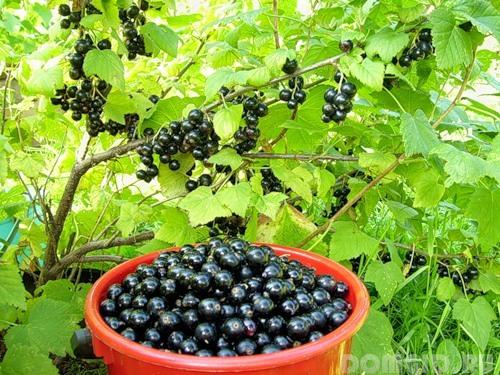
Berry harvesting time is quite long, depending on the planted varieties. The correct time of day for cleaning is the morning hours when the dew has already come down. Harvesting can also be done in the afternoon, when the sun is no longer at its zenith and the heat has subsided. On a cloudy day, the time of day is not important for harvesting. It is worth noting that berries that were harvested during rainfall or sunny weather will deteriorate very quickly.
Harvest in small baskets with a capacity of 3-4 kilograms. Do not pour the berries into other containers, because they can wrinkle and thereby spoil the presentation. Store berries before consumption, processing or transport in a cool place.
